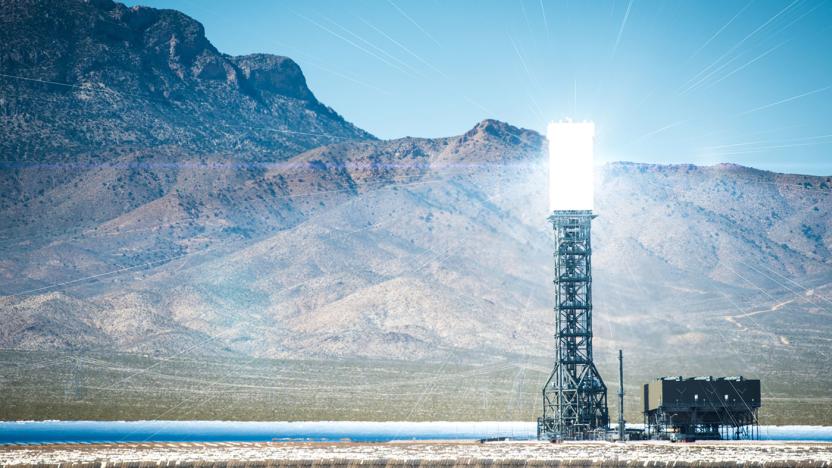carboncapture
Latest

Hitting the Books: We can engineer the Earth to fight climate change
Welcome to Hitting the Books. With less than one in five Americans reading just for fun these days, we've done the hard work for you by scouring the internet for the most interesting, thought provoking books on science and technology we can find and delivering an easily digestible nugget of their stories.

Researchers take small step towards proving carbon capture
Researchers believe that they have made a major step towards proving carbon capture and storage is viable. A team in Washington State injected liquified CO2 into a basalt formation -- rock that forms after a lava flow has cooled. Two years later, and it's claimed that the carbon dioxide has solidified into Ankerite, an inert material that should, theoretically, lock the carbon away forever. According to Scientific American, it was originally believed that it would take hundreds of years for the process to occur. The fact that it took just 24 months gives hope to the notion that the technology is workable.

CarbFix turns a power plant's CO2 emissions into rock
Apparently, pumping carbon dioxide into volcanic basalts is a pretty effective carbon capture technique. Back in 2012, scientists began an experiment in Iceland called the CarbFix Project. Since then, they've been injecting tons of carbon dioxide waste from a geothermal plant in the country into basaltic rock 1,600 feet underground. According to results they've recently published in Science, 95 percent of the gas they store underground turn into solid carbonate minerals within only two years. Even better, the team doesn't have to turn the gas into liquid first.

GE wants to use CO2 pollution to make huge solar batteries
Two big problems have been vexing environmental scientists for decades: How to store solar energy for later use, and what to do with CO2 that's been captured and sequestered from coal plants? Scientists from General Electric (GE) could solve both those problems at once by using CO2 as a giant "battery" to hold excess energy. The idea is to use solar power from mirrors to heat salt with a concentrated mirror array like the one at the Ivanpah solar plant in California. Meanwhile, CO2 stored underground from, say, a coal plant is cooled to a solid dry ice state using excess grid power.



